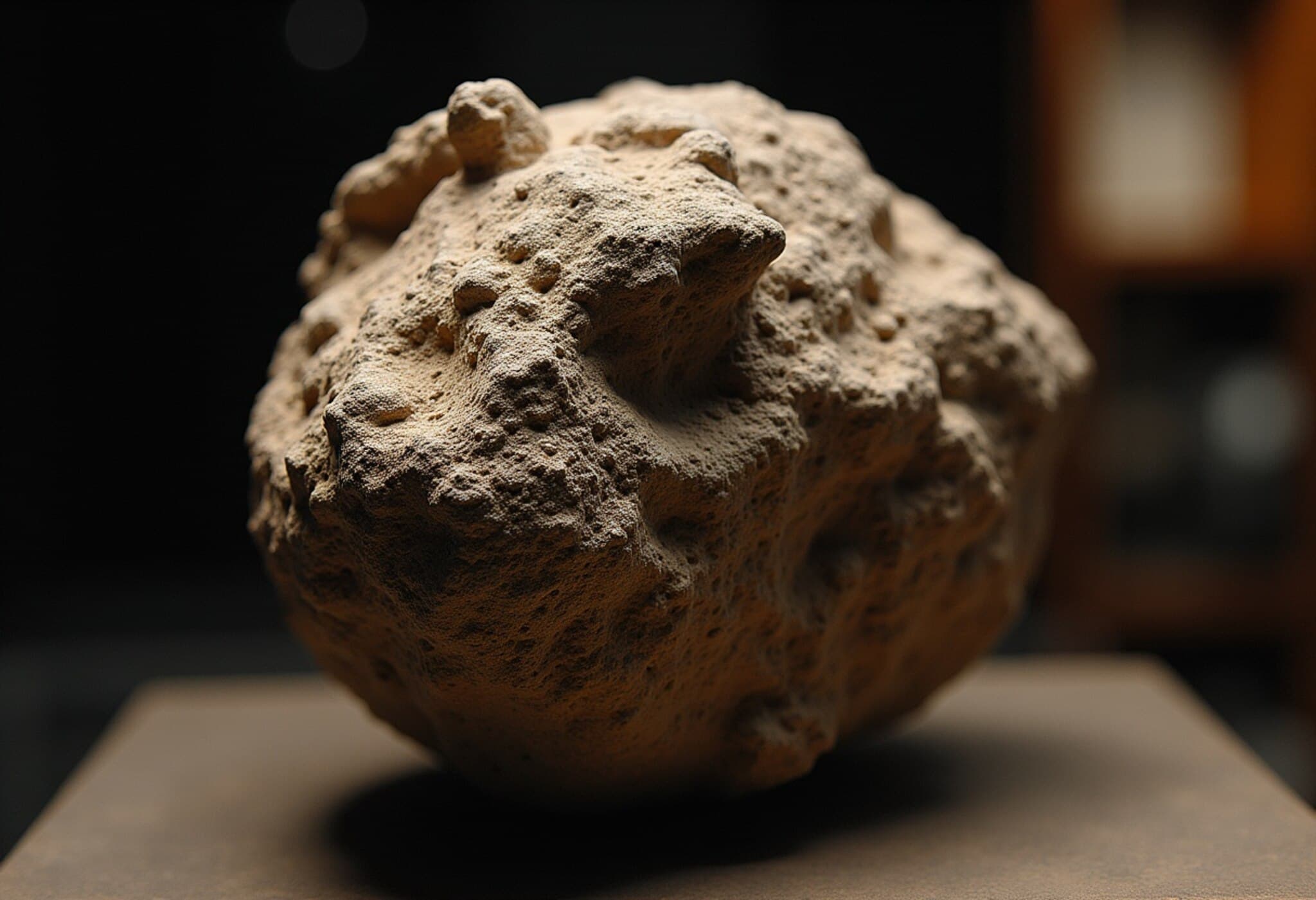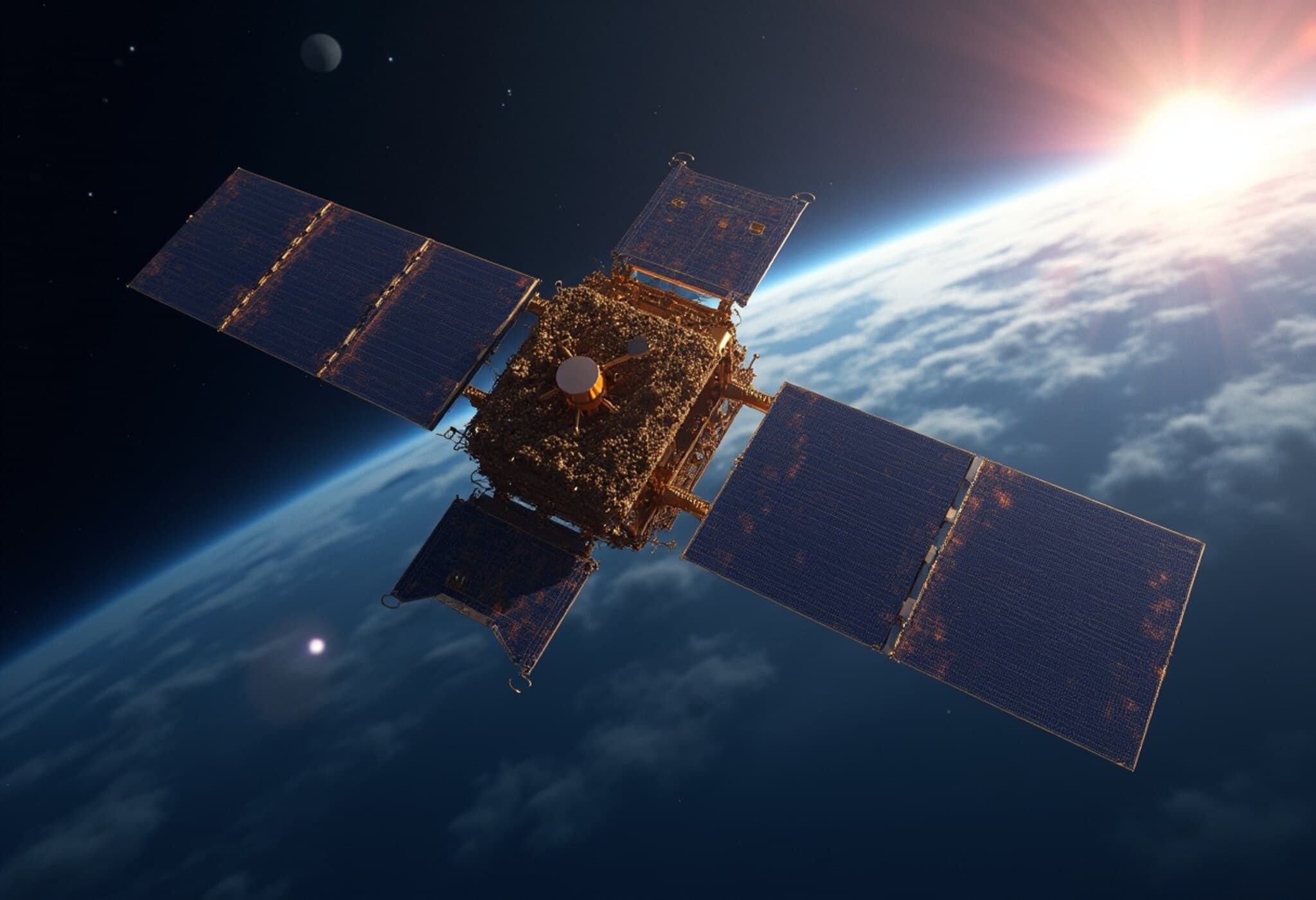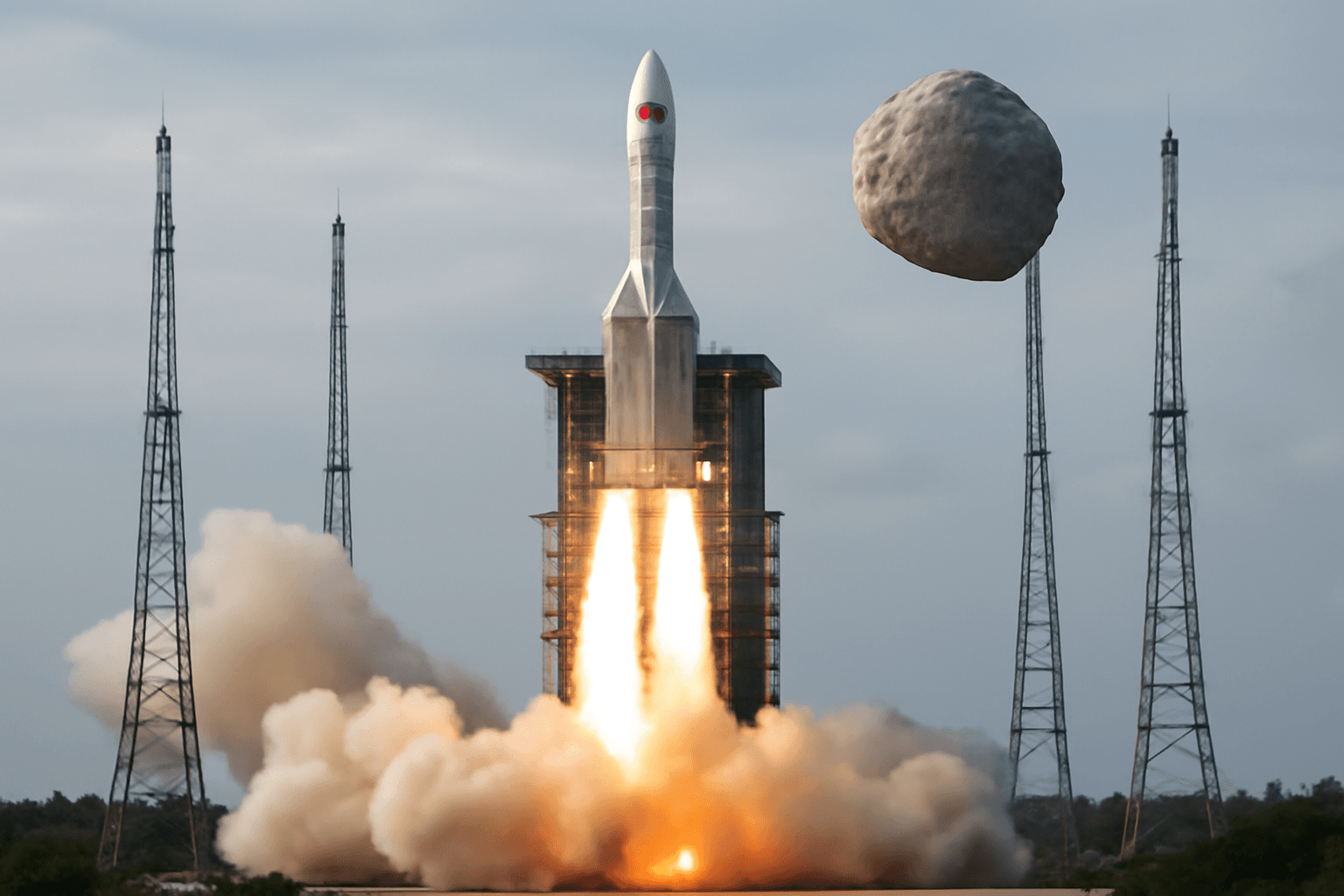Historic Auction Features Largest Martian Meteorite and Rare Dinosaur Skeleton
In a breathtaking display of Earth's fascination with extraterrestrial and prehistoric treasures, a colossal piece of Mars rock shattered records at a high-profile New York auction last week. Fetching an awe-inspiring sale price of around $5.3 million, this Martian meteorite claimed the title of the most valuable meteorite ever sold publicly, underscoring the profound human curiosity about the cosmos and our planet’s deep history.
The Meteorite: An Extraterrestrial Giant
Discovered just last November in Niger's Sahara Desert by an intrepid meteorite hunter, the specimen is no ordinary rock. Scientists at Sotheby’s auction house confirmed it was flung from the surface of Mars by a massive asteroid impact, journeying across 140 million miles before landing on Earth. With dimensions measuring roughly 15 by 11 by 6 inches, this rare Martian remnant is about 70% larger than any other piece previously found on our planet. It accounts for nearly 7% of all Martian meteorite material known on Earth, a staggering statistic reflecting its uniqueness.
Dr. Cassandra Hatton, Sotheby’s vice chairman for science and natural history, emphasised the specimen’s scientific significance: “This Martian meteorite isn’t just exceptional in size, it’s also a window into Mars’ geological past. It’s an olivine-microgabbroic shergottite—a type of rock formed from slowly cooled Martian magma, containing minerals rarely sampled so directly.” Laboratory analysis matched its chemical signature precisely with Martian samples brought back by the 1976 Viking mission, further cementing its extraterrestrial origins.
The Auction Dynamics: From Slow Bids to Ferocious Competition
The meteorite’s auction began with measured bidding, gradually climbing from early offers around $1.9 million to a determined final hammer price of $4.3 million. Incorporating auction fees and costs pushed the official sale value to the landmark $5.3 million figure.
Yet, the sale’s true headliner proved to be an extraordinary juvenile Ceratosaurus nasicornis dinosaur skeleton, which ignited a six-minute bidding war among six eager collectors. Estimated pre-auction at $4 million to $6 million, it soared to a staggering final price of approximately $30.5 million including premiums. This juvenile specimen is one of only four ever discovered worldwide and offers invaluable insights into Jurassic-era ecosystems around 150 million years ago.
A Glimpse Into Prehistoric America
The Ceratosaurus skeleton was unearthed near Laramie, Wyoming, in 1996 at the renowned Bone Cabin Quarry—a location famed as a treasure trove for dinosaur fossils. The fossil assemblage comprises nearly 140 bones, meticulously prepared and mounted by Fossilogic, a Utah-based company specializing in paleontological restoration. Standing over 6 feet tall and nearly 11 feet long, this smaller relative of the famous Tyrannosaurus rex provides a rare look at a younger dinosaur’s morphology and development.
Sotheby’s revealed that the generous buyer plans to loan the skeleton to an institution, furthering public scientific understanding and educational outreach. The remarkable sale price ranks as the third highest ever paid at auction for a dinosaur fossil, trailing only behind the record-setting Stegosaurus specimen known as “Apex,” which sold for $44.6 million last year.
Why These Sales Matter: Beyond Money
- Scientific Significance: Both the meteorite and dinosaur are more than collectibles; they are critical research assets aiding our comprehension of planetary evolution and prehistoric life.
- Public Interest: These auctions underscore the enduring human drive to connect with our past—whether from distant planets or deep geological epochs.
- Market Trends: The surging demand and record prices reflect a growing market among private collectors and institutions eager to safeguard rare geological and paleontological artifacts.
Expert Commentary: The Intersection of Science, Commerce, and Culture
From a scientific perspective, the Martian meteorite is a priceless messenger from another world, offering clues about Mars’ volcanic history and possibly its past habitability. In economic and cultural terms, such sales illustrate the increasing intersection of scientific heritage with the art and antiquities market, prompting important discussions about the stewardship, accessibility, and ethical considerations surrounding rare natural history objects.
Moreover, as private ownership of such specimens grows, so does the need for robust frameworks ensuring these treasures contribute meaningfully to public knowledge and conservation, rather than vanishing behind private walls.
Editor’s Note
This auction serves as a compelling reminder of humanity’s enduring fascination with the cosmos and our prehistoric roots. While eye-watering prices make headlines, the greater value lies in what these extraordinary artifacts can teach us. How can collectors, scientists, and institutions balance ownership with accessibility? And as discoveries accelerate, what frameworks will govern the ethical trade of natural history treasures on the global stage? These are questions that will shape the future of collecting intimate pieces of Earth’s—and the solar system’s—ancient past.











